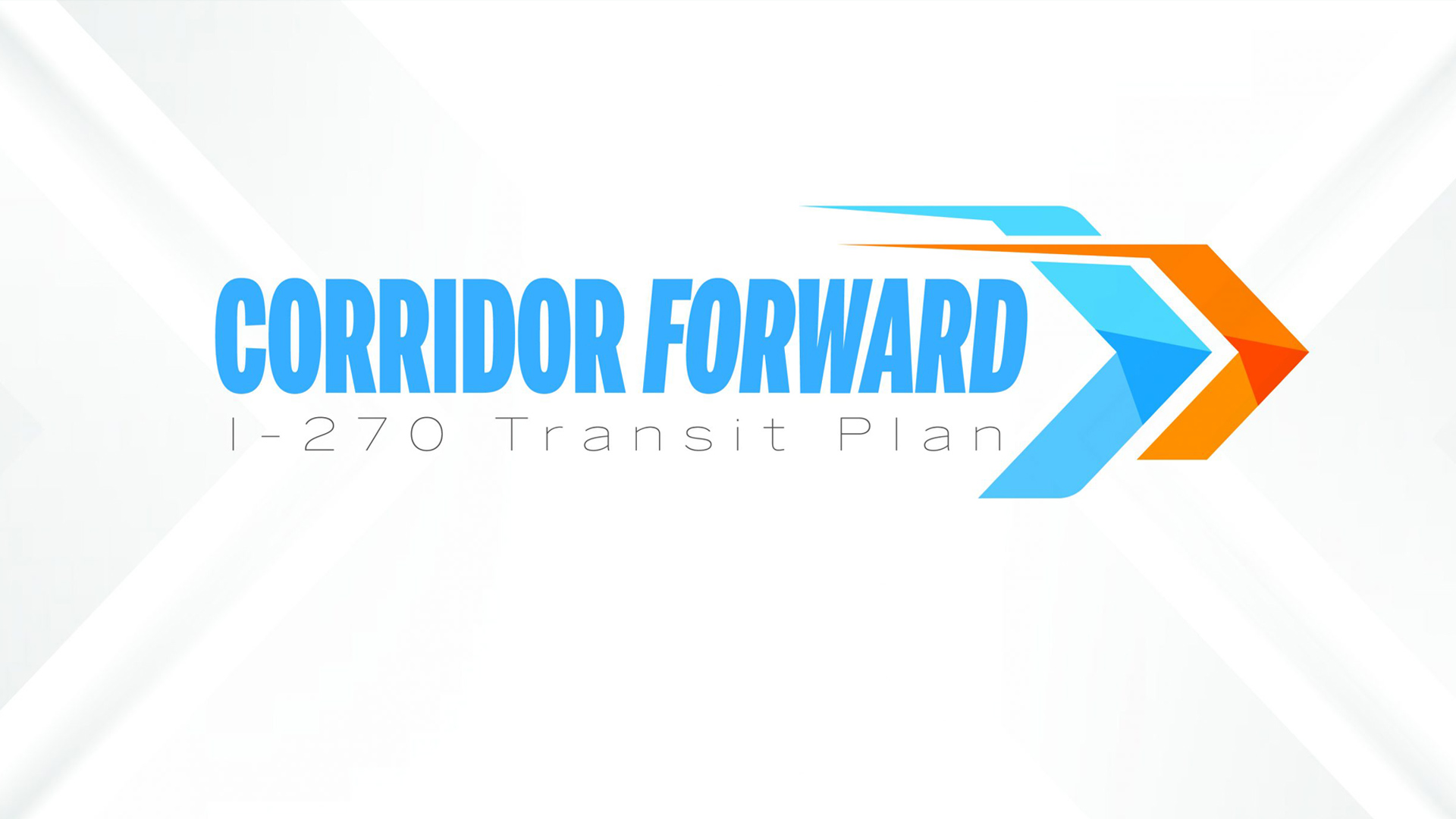
Plan recommends transit alternatives to provide access to communities along the I-270 corridor in Montgomery County
WHEATON, MD – Corridor Forward: The I-270 Transit Plan was unanimously approved by the Montgomery County Council on April 5, 2022. The Montgomery County Planning Department, part of The Maryland-National Capital Park and Planning Commission, began work on the plan in early 2020, and the Planning Board Draft Plan was released by the Montgomery County Planning Board in December 2021.
The Plan proposes a near-term transit network and a long-term transit vision to expand transit access for communities along the I-270 corridor.
- Near-Term Transit Network: Implement the MD 355 and Veirs Mill Road Bus Rapid Transit (BRT) projects. Then implement new dedicated bus lanes, referred to as the Corridor Connectors, to connect communities and employment centers along the I-270 corridor to the county’s primary transit lines, Metrorail and MARC Rail.
- Long-Term Transit Vision: Extend the Washington Metropolitan Area Transit Authority’s (WMATA) Metrorail Red Line to Germantown Town Center and complete enhancements to the Maryland Area Regional Commuter (MARC) Brunswick Line.
View the County Council’s April 5, 2022 staff report.
“The approval of the Corridor Forward Plan signals that the county’s strong transit future is possible,” said Montgomery Planning Director Gwen Wright. “I commend the collaboration between Montgomery Planning and the Montgomery County Department of Transportation, with the guidance of the County Council, in moving forward to achieving our economic, equity and climate goals.”
The Plan reimagines the previously master-planned Corridor Cities Transitway as the Corridor Connectors, a network of more buildable dedicated bus lanes, which connect I-270 corridor communities to the county’s existing and planned rapid transit network. The Plan also includes supporting recommendations and regional opportunities, which seek to support the transit network and strengthen the potential to advance local and regional transit connectivity. Before approval, the County Council’s Transportation and Environment Committee refined recommendations to ensure the final plan best met the interests of the community.
These recommendations were crafted through detailed analysis and two years of stakeholder coordination and community outreach. Analysis included:
- Compared transit vehicle attributes and inventoried transit options that could serve the I‑270 Corridor.
- Completed a pre-screening analysis, which evaluated the initial list of inventoried transit options based on indicators such as travel time, population access, job access, ability to accommodate growth and equitable access, and advanced six transit options for detailed analysis.
- Refined and analyzed the six transit options, including an evaluation of strategic metrics, economic and financial outlook, and potential implementation challenges and risks.
- Completed additional evaluation on combinations of the six transit options to inform the development of the Plan’s recommendations.
With these recommendations now approved, projects will be implemented as funding becomes available, beginning with the MD 355 and Veirs Mill Road Bus Rapid Transit projects, which are programmed for funding in the County Executive’s six-year capital budget. Following County Council’s approval, the plan will now be sent to the Maryland-National Capital Park and Planning Commission (M-NCPPC) for adoption.
Focus on equity
The Plan had a strong focus on equity in development of the recommendations. The near-term transit network and long-term transit vision together add the greatest number of transit trips to and from the county’s Equity Focus Areas (EFA) of all transit options studied, increasing access to jobs, services, and amenities for residents in EFAs. The near-term transit network also establishes premium transit infrastructure in equity focus areas not currently served by BRT or rail.